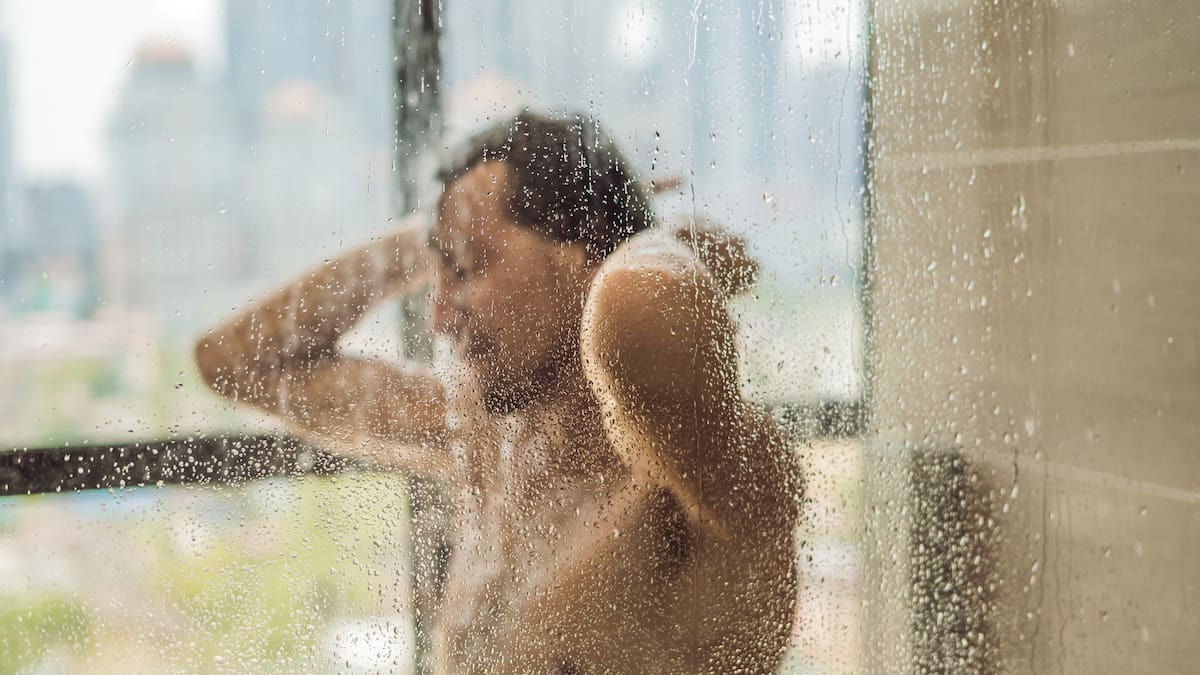“Has anyone else noticed a ton of hotels now have open plan bathrooms with zero privacy?” a Reddit user posted last year. “Who wants to watch their fellow traveller on the toilet?”
Maybe it’s best to not answer that in the affirmative. But many travellers are vocal about their discomfort with this concept. Based on the popularity of this trend, however, it does not seem the hotel industry has received the modesty memo.
“The bathroom is supposed to be a sanctuary,” said David Eisen, vice-president and editor-in-chief of Hotels Magazine. “It’s the one place in a hotel room where you want to feel like you’re private and alone.”
And yet, at many properties, including the most wholesome chains, the bathrooms feel like veritable peep shows.
Balancing space, budget and privacy
The Standard aside (infamous for its non-reflective glass windows and “exhibitionist” design), most hotels do not intentionally try to create a risque environment. Designers say the bathroom should be, first and foremost, functional. From there, they can add luxurious touches, artful flourishes or spalike elements. They also aim for cohesion, so the rooms flow together like a latter-day Frank Lloyd Wright home.
“Hotel bathrooms are often compact, requiring designers to maximise functionality without sacrificing aesthetics,” said Lauren Imburgia, senior project designer with Gettys Group Bespoke Interiors Studio. “Balancing the need for amenities, like a shower or bathtub, with the limited square footage can be tricky.”
READ MORE: The rise of the floating breakfast, travel’s most insufferable flex
Designers are often hemmed in by size and budget, both of which can be relatively skimpy. Substituting traditional doors with unconventional alternatives can save money as well as space, even if it is just an illusion.
Glass panels can draw natural light into a windowless or dark setting, reducing the reliance on overhead lighting. Fewer structures and barriers can be a boon for housekeepers, who often have only 30 minutes or less to clean a room.
“With fewer materials that go into making a distinctly separate room, it’s a lower build-out cost,” said Cameron Sperance, a senior hotels reporter at the Points Guy.
Becca Roderick, design director of interiors at Morris Adjmi Architects, said designers must find a balance between “pushing the design envelope and really giving people privacy to tackle those functions.” At the Forth in Atlanta, which opened this summer, the firm erected a reeded glass pocket door between the bedroom and bathroom that, she said, has “an element of surprise and delight.”
Containing sounds and smells
Designers say they are acutely aware of the very personal purpose of the bathroom and are sensitive to how guests engage with these intimate spaces, especially in the company of others.
Margaret McMahon, global practice principal at Wimberly Interiors, said her team has in-depth conversations about “bathroom behaviour.” They take into account the variety of guests checking in, such as couples, friends and work colleagues, and the myriad activities that occur in the bathroom, including bathing, makeup application and bodily functions. They recognise that comfort levels vary wildly.
“There are people who just let it fly. They sit in the bathroom at the same time. She could be in the tub … and he could be doing his thing over there, and they simply chat,” she said. “I have never done that with my husband. I’m like, ‘That’s not happening.’”
Designers also take into account the sounds and smells that guests do not want others hearing or sniffing.
“Sound transmission is a real issue for people,” said McMahon, who admitted to running a faucet when she visits a friend at her St Regis suite.
Barn doors, McMahon said, are not the best at muffling noise. But designers must sometimes resort to this type of door to avoid collisions with other structures that swing out, such as shower and water closet doors.
“Trying to create the best bathroom experience within their budget and mechanical parameters – sometimes privacy is just not going to happen,” she said.
Guests uneasy about exposing their travel buddies to their private business can always use a public toilet elsewhere in the hotel, such as by the fitness centre or pool, banquet hall or restaurant.
“If you want to maintain some privacy, just go down to the lobby,” Sperance said. “I’ve done that with friend groups and even my own husband.”
Goodbye to exposed showers and fogged glass
Non-exhibitionists can breathe a sigh of relief that several aspects of the exposed layout are falling out of fashion.
Greg Keffer, partner and studio leader at the Rockwell Group, said designers are responding to guests who have expressed their uneasiness with having the shower in the bedroom’s sight lines. He said the open plan concept is evolving into a more discreet bathhouse-style.
“The walls and kerbs are removed,” he said, “but the entire wet zone is contained and private.”
McMahon said the partial glass door shower, which originated in Europe, is headed toward the exit, on the heels of the shower curtain.
Taking its place: sliding glass doors. Fogged glass, which she called a “gimmick,” has too many glitches. Glass is still acceptable, as are tubs with a view, a feature that guests will able to find at a new Viceroy hotel in Portugal. But for extra privacy, at least from outside eyeballs, the window overlooking a golf course has a high sill and shutters.






